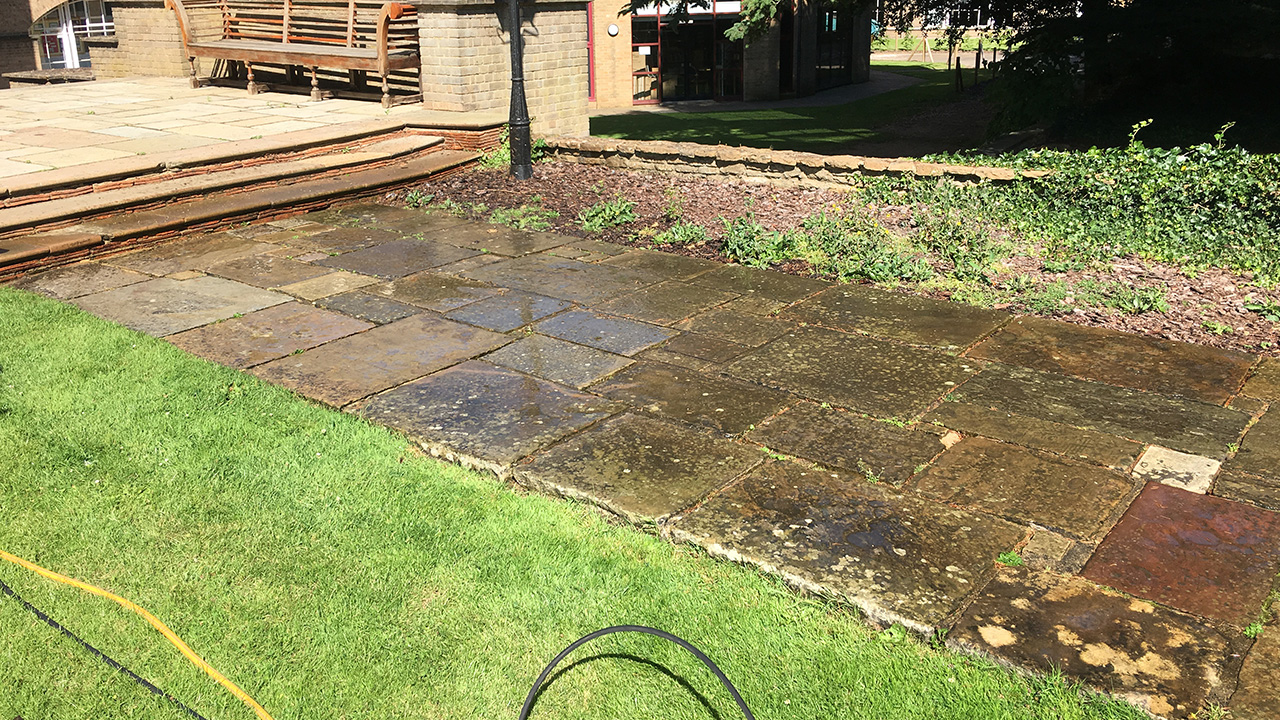Stones has captivated people for ages, serving as a foundation for our structures, craft, and civilization. As the years goes by, the deterioration on stone surfaces can reduce their beauty and robustness. This is the point at which the expertise of restoration specialists comes into action. These professionals not only bring back the luster of stone but also contribute to maintaining historical stories and architectural significance.
In the present article, we examine the world of stonework conservation through the lenses of leading experts who have devoted their careers to this intricate craft. We will delve into essential insights on where to begin your home restoration journey, point out typical errors to watch out for, and stress the importance of upkeeping stone surfaces to maintain their long-lasting charm. If you are looking to restore a beloved family piece or boost the refinement of your home, understanding the details of stonework rehabilitation is essential in making informed decisions.
Crucial Tips for Stone Restoration
When evaluate stone restoration, the initial step is to evaluate the state of the stone surfaces. Look for signs of wear, such as fissures, blemishes, or discoloration. Determining the kind of rock is essential since different materials need particular restoration techniques. Make records of any problem areas so that you can tackle them effectively during the repair procedure.
Next, it is important to select the right cleaning technique. Avoid harsh chemicals that can harm the rock. Instead, opt for pH-neutral cleaners specially designed for stone surfaces. For general maintenance, a blend of water and mild detergent can be helpful. Always test a small area first to make sure that it does not cause any negative effects. This precaution will help preserve the integrity of the rock while getting a new look.
Finally, once the stone is cleaned and restored, caring for it is crucial to prolong its longevity. Applying a stone sealant helps guard against blemishes and water ingress. https://posteezy.com/enduring-techniques-cultural-techniques-mineral-restoration , combined with preventative measures, will keep your rock areas appearing immaculate for years to come. Additionally, inform yourself on the particular requirements of your stone kind to guarantee the optimal maintenance practices are adhered to.
Upkeeping Your Home's Exterior
Caring for your home’s exterior is important for preserving its overall aesthetic and usability. Routine cleaning is necessary, particularly for rock surfaces. Grouped dirt, grime, and algae can not only dull the aesthetic but also lead to long-term damage if ignored. Scheduled cleaning sessions can assist retain the exterior in great form, making sure that any stains or growth are quickly addressed.
Along with cleaning, it’s important to check for damage consistently. Check cracks, discoloration, or signs of wear that may indicate underlying issues. Timely discovery can reduce significant repair costs in the future. When it comes to rock surfaces, knowing the specific type of stone is essential for choosing the right repair methods and materials. Engaging with a professional can give insight into the best methods for upkeeping your home’s unique features.
In conclusion, proactive strategies can greatly enhance the lifespan of your home’s exterior. Using sealants to rock surfaces can protect against water and UV damage. Additionally, garden planning should take into account drainage and moisture control to prevent soil erosion and damage from plant growth. By actively upkeeping your home’s exterior, you can protect its beauty and structural integrity for a long time.

Advancements in Preservation Techniques
The domain of stone repair is quickly advancing, thanks to developments in technology and substances. Cutting-edge techniques such as high-precision laser cleaning are making waves in the industry by allowing professionals to eradicate dirt, grime, and pollutants from stone surfaces without damaging the underlying material. This exact approach not only ensures the protection of historic features but also minimizes the need for toxic chemicals, making the process more environmentally friendly.
Additionally, another significant advance in stone restoration is the use of natural materials and treatments. These environmentally friendly alternatives use natural compounds to repair and protect stone, improving its lifespan and look. By utilizing resources derived from sustainable sources, restorers can maintain the quality of historic structures while contributing to eco-friendly practices in the construction and restoration fields.
Furthermore, digital technology is playing an increasingly important role in restoration projects. 3D scanning and modeling allow experts to create accurate models of stone surfaces, enabling them to design precise restoration strategies. This level of detail not only aids in the preservation of heritage accuracy but also improves the restoration process, making it more productive in today's dynamic construction environment.
